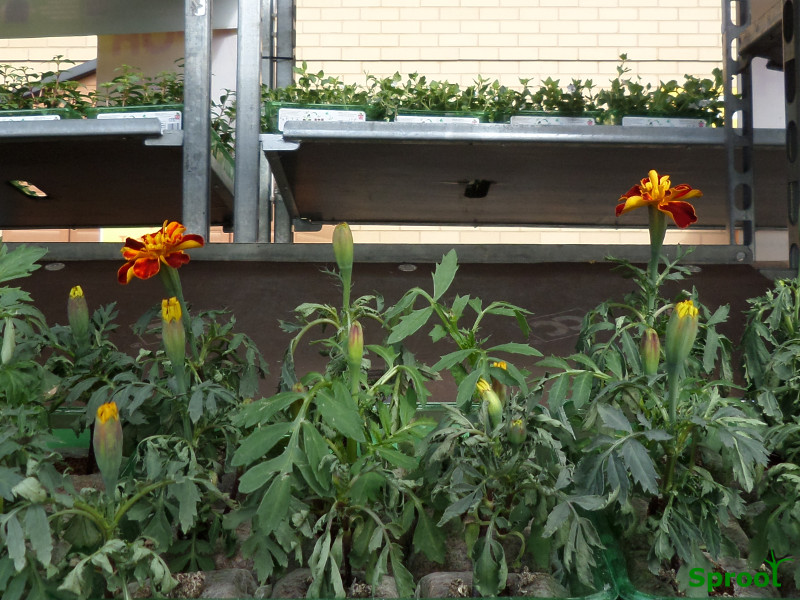Supermarket plants are rubbish, aren’t they!
Well not if you know what to look for.
I know a lot of growers and have been on the nurseries that supply the multiples, the good news is the plants are always in good condition when they leave the nursery., but then it starts to go downhill.
The main problem is the conditions in the store, or sometimes outside the store and lack of plant knowledge.
Most retailers seem reluctant to invest the money needed to create the correct conditions for the plants they sell.
Imagine if fresh fish were delivered and sold in boxes outside the door in the sun, customers would soon start complaining, especially about the smell.
Unfortunately, when plants are dying, because they are too hot or cold, the telltale signs are not as obvious.
On the nursery, the plants are growing in perfect conditions but as soon as they are packed ready for dispatch they start to deteriorate.
When they arrive at the store they need a well-lit area (preferably sunlit), shelter from the wind and the correct temperature. It is also vital the plants are unpacked and watered.
In practice most stores are not designed to sell plants, it is hot, there is not enough light and usually, the plants are left in the packing tray when they should be given more space, most of the time you will find plants squashed together on the delivery trolley.
When they are displayed outside, it can be cold or windy. If we are lucky to get a summer, it may be too hot, and dry plants are a common sight.
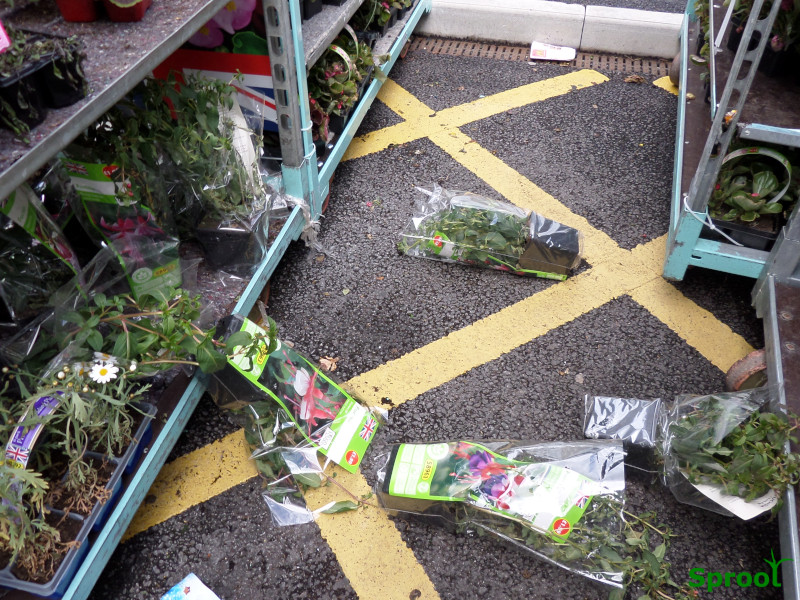
Why do they do it, well the stores are always looking to sell more extras with the weekly shop.
During the spring season, customers want gardening products, this is irresistible to the stores. They can know that the profit on plant sales is higher than normal groceries, even with all the wasted stock.
Selling plants with your weekly shop
I think Woolworths were one of the first stores to try selling plants, others followed, Marks and Spencers, for instance, however when I was growing pot plants at Challis of York in the 1970s there was great excitement about a new customer who suddenly started to take a lot of stock, it was the first of the Asda stores.
Before supermarket, most plants were sent through wholesale fruit and vegetable markets who sold them to greengrocers, market stalls and small shops, but it was soon clear that supermarkets could be a lucrative new market.
Now the selling of plants through wholesale markets has just about disappeared and a huge amount of plants are grown for and sold in supermarkets.
Often called multiples or sheds in the trade, they have some advantages and disadvantages.
If you buy stock as soon as it arrives some good bargains can be had.
To ensure good quality plants get to know the staff and they will tell you when the plants have been delivered and you should have no problems.
Plants are often cheaper than garden centres but you need to know how long they have been in the store.
Plants are not looked after, watering is poor or not at all. Some stores have a no watering policy, the stock is delivered put out for sale then thrown away when it dies.
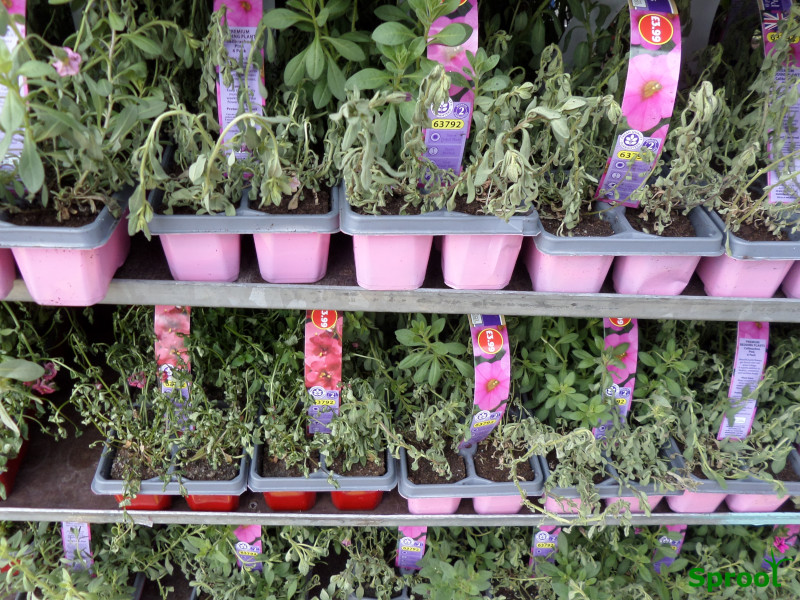
Plants are not normally unpacked and spaced in a well-lit area, sometimes they are left on the delivery trollies.
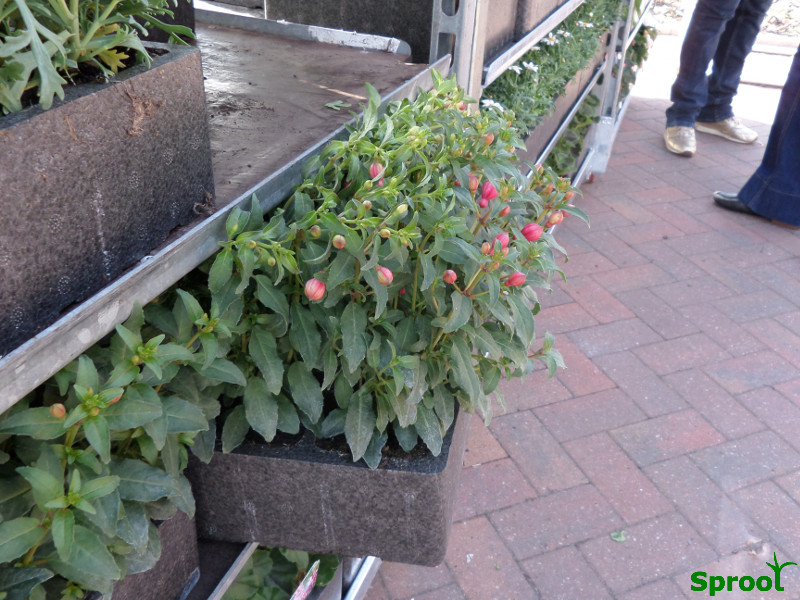
The stock is often allocated by head office and put on display whatever the weather (one well-known store would deliver summer bedding into Scotland in April, even if it was certain to die because it was nationally advertised)
One of the problems with buying from supermarkets is that they don’t invest in looking after the plants, things like greenhouses and covered areas, so plants are kept in a warm store with no sunlight or stuck outside the door exposed to all the weather.
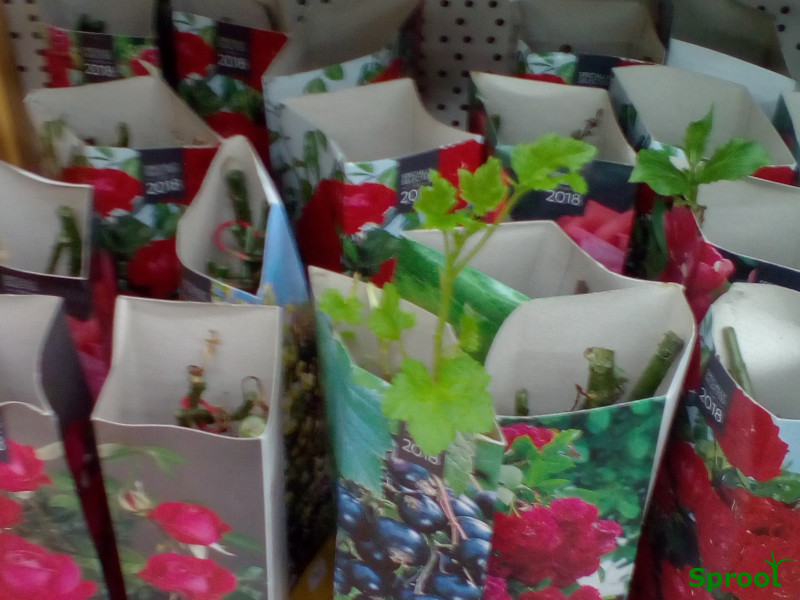
How long have they been in the store, with fresh flowers old stock is routinely thrown away when new stock arrives, unfortunately, this doesn’t happen with plants.
Sell by or best before dates have been tried, Marks and Spencer have one on the house plants and it seems to work.
Sometimes they are ignored, I did once see a well-known supermarket chain have a sell-by week number on the bedding plant packs, unfortunately, when I checked it was already 3 weeks past that date and still on sale.
Some stores added mini garden centres, with covered areas and protected outdoor areas, and at the beginning, they did invest some time and money training the staff. With an enthusiastic and motivated staff this could have worked but gardening is seasonal and most stores struggled to maintain the sales after the spring season and staff would be reduced, gradually the plant areas have been downgraded. Quite often you will see shop stock stored in the undercover area.
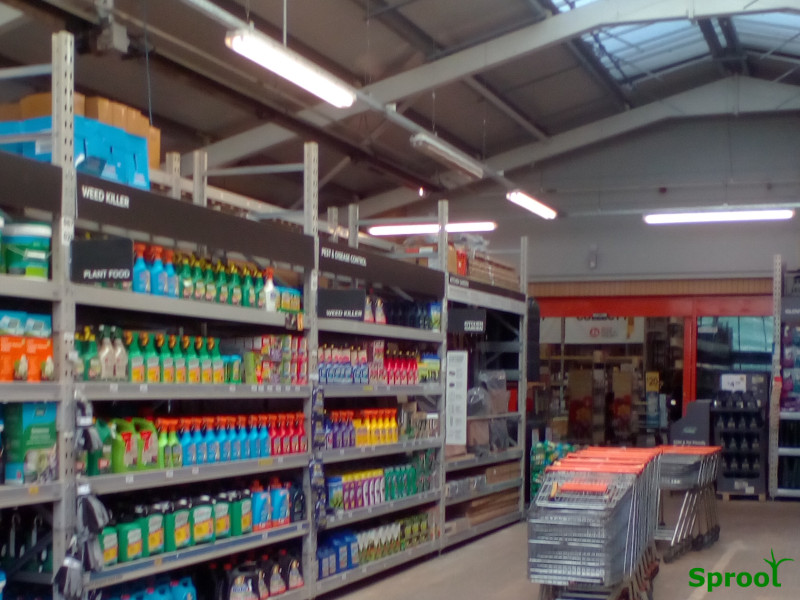
This used to be a nice greenhouse area but now its been covered in and turned into a shop.
Perhaps the worst place to buy plants from are stores that sell plants from inside the shop, with the gardening sundries, the lack of sunlight and the heat soon stretch the stock.
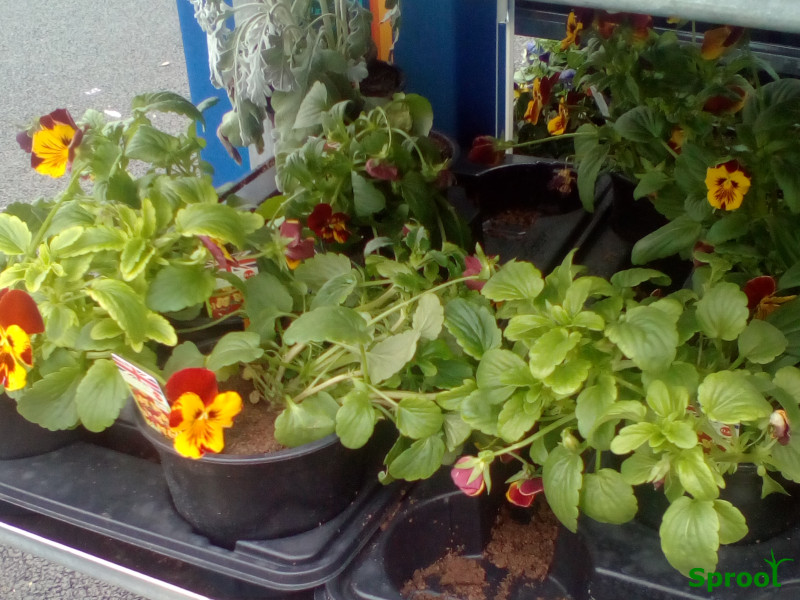
In summary
The plants are in good condition when they leave the nursery and if you buy them as soon as they arrive you should have no problems. There are some things you should check before buying see our choosing plants guide.
How to tell if the stock is well looked after.
Plant quality
Look for the obvious signs, dry, dead or damaged plants. If you see plants lying all over the place and pots covered in weeds take care. Also, have a look at the climbers if the plants are tall and tangled together there is a serious lack of maintenance.
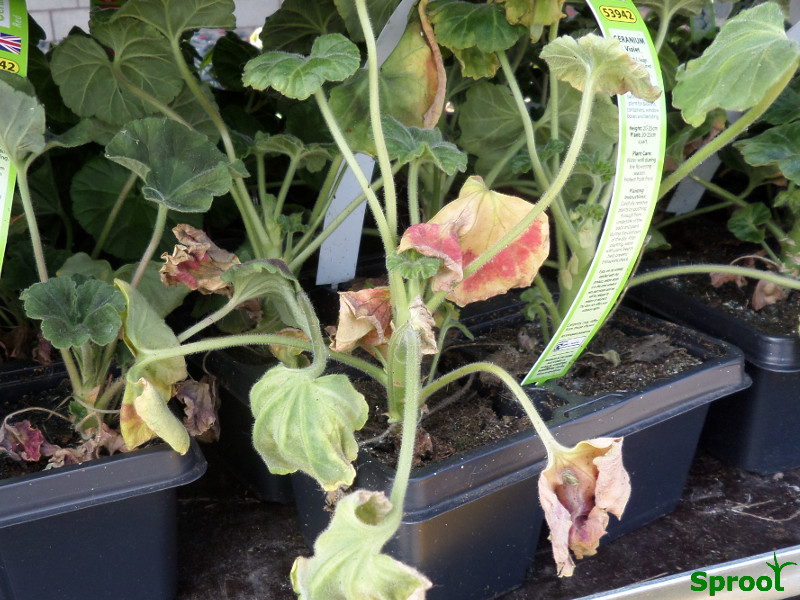
Look for protected undercover areas and windbreaks.
This shows the store is investing in structures to protect and look after the stock. You can see some windbreak material included in the benches and around the perimeter
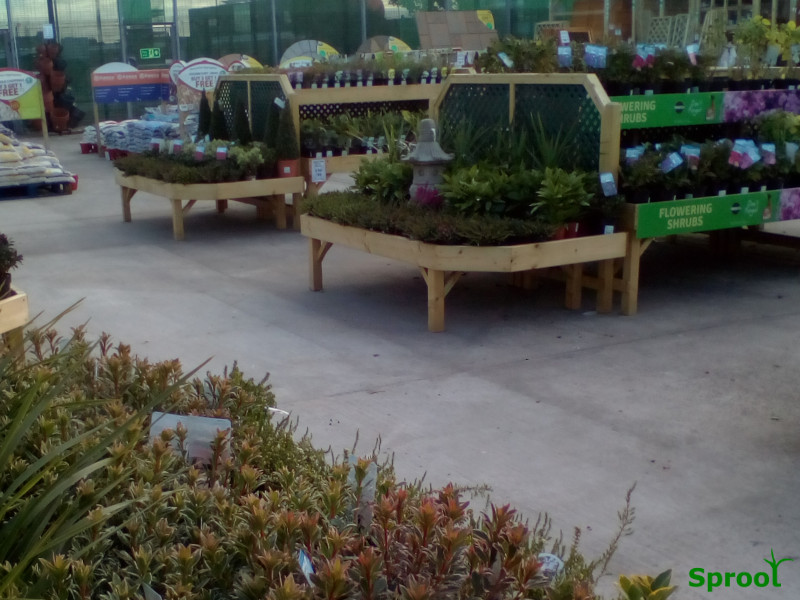
Plants stored under benches or on trollies
Nobody thinks it is a good idea to store plants in the dark see our kept in the dark guide.
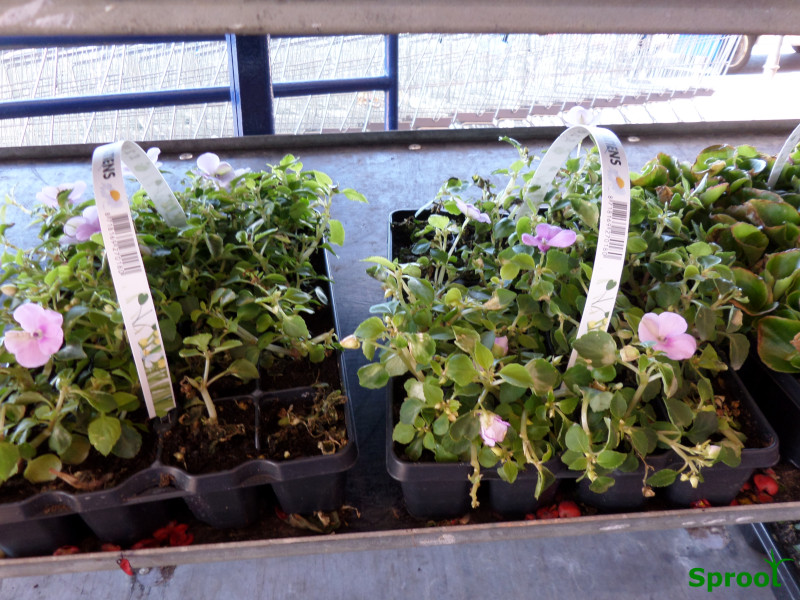
Finally, check the watering
A few dry plants are forgivable but lots of dry plants would be worrying. see our is it dry? guide. Uneven watering shows a lack of training and experience
